Designing a home that caters to the needs of children while maintaining style and functionality is essential for attracting families. Whether you’re preparing to sell or enhancing your living space, here are comprehensive tips to consider:
1. Safety First
Ensuring the safety of children is paramount in a child-friendly home:
- Childproofing: Install safety gates at staircases and use door knob covers to restrict access to certain rooms. Secure cabinets and drawers with childproof locks.
- Window Safety: Install window guards or stops to prevent falls. Use cordless blinds or tie-up curtains to eliminate strangulation hazards.
- Furniture Safety: Anchor heavy furniture and TVs to the wall to prevent tipping accidents. Choose furniture with rounded edges to minimize injury risks.

2. Durable and Easy-to-Clean Surfaces
Select materials that are durable and easy to maintain:
- Flooring: Opt for hardwood, laminate, or vinyl flooring in high-traffic areas and playrooms for easy cleanup of spills and messes. Use washable rugs or carpets in play areas.
- Countertops: Choose durable materials like quartz or solid surface for kitchen countertops to withstand daily use and cleaning.

3. Functional Layout
Design a layout that accommodates the needs of both children and adults:
- Open Floor Plan: Create an open layout that allows for easy supervision of children from the kitchen or living areas. Ensure pathways are clear and unobstructed.
- Multipurpose Rooms: Include versatile spaces that can adapt as children grow, such as a playroom that converts into a study area or guest room.

4. Kid-Friendly Decor
Make the decor playful yet practical:
- Color Scheme: Use vibrant colors in accessories and textiles to create a cheerful atmosphere. Consider using non-toxic paint in fun shades for accent walls or themed rooms.
- Storage Solutions: Incorporate plenty of storage for toys, books, and games. Use bins, baskets, and labeled containers to keep items organized and accessible.
- Interactive Wall Art: Install chalkboard or magnetic paint for creative expression. Display artwork or framed prints at child-friendly heights.
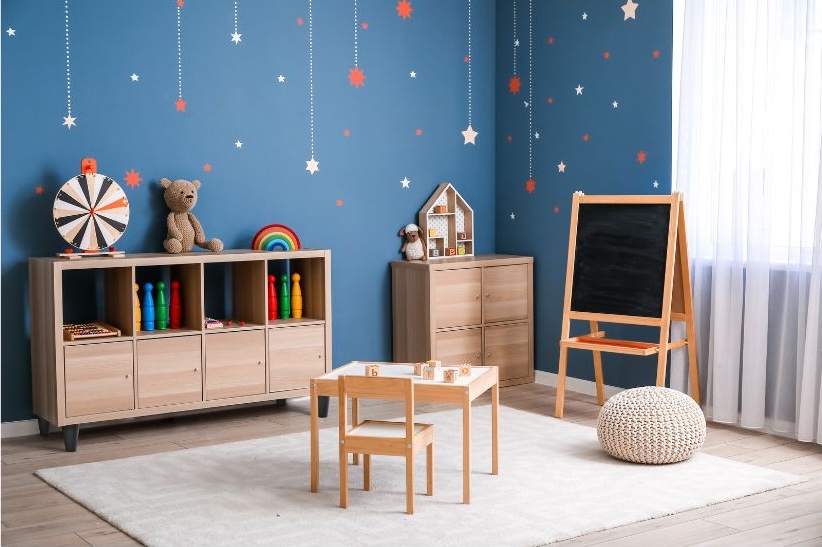
5. Outdoor Play Areas
Design outdoor spaces that encourage active play and exploration:
- Play Structures: Install a swing set, climbing frame, or playhouse in the backyard. Ensure structures are age-appropriate and meet safety standards.
- Safety Flooring: Use soft, impact-absorbing materials like rubber mulch or artificial turf beneath play structures to cushion falls.
- Gardening Opportunities: Create child-friendly gardening areas with raised beds or pots for planting flowers, herbs, or vegetables. Teach children about gardening and responsibility.

6. Family-Friendly Kitchen
Make the kitchen a central gathering place:
- Child-Safe Appliances: Choose kitchen appliances with safety features, such as stove knob covers and refrigerator locks. Store sharp objects and cleaning supplies out of reach.
- Accessible Storage: Lower cabinets and drawers for easy access to snacks, dishes, and utensils. Use adjustable shelving to accommodate growing children.
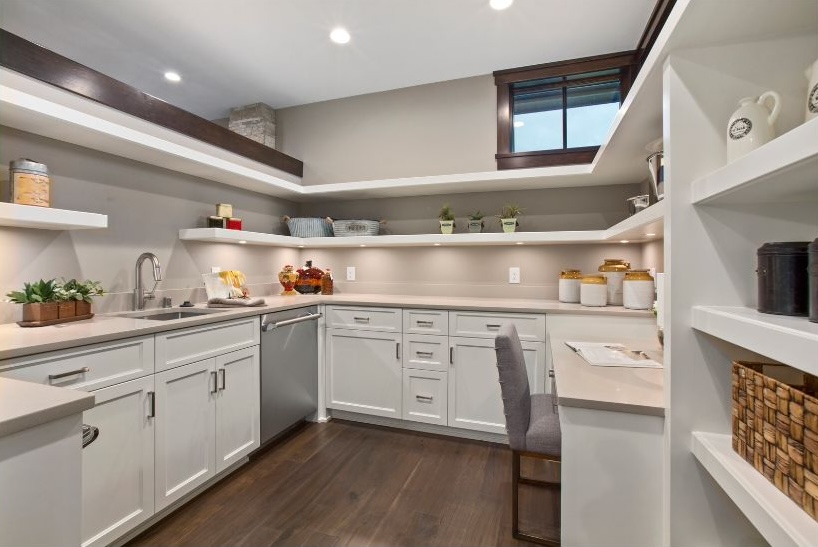
7. Comfortable Bedrooms
Design bedrooms that promote restful sleep and play:
- Safety Measures: Ensure bunk beds have sturdy railings and use non-toxic paint and furnishings. Use window guards and secure heavy furniture to walls.
- Creative Spaces: Include reading nooks, art corners, or study areas that encourage creativity and learning. Provide comfortable bedding and blackout curtains for quality sleep.
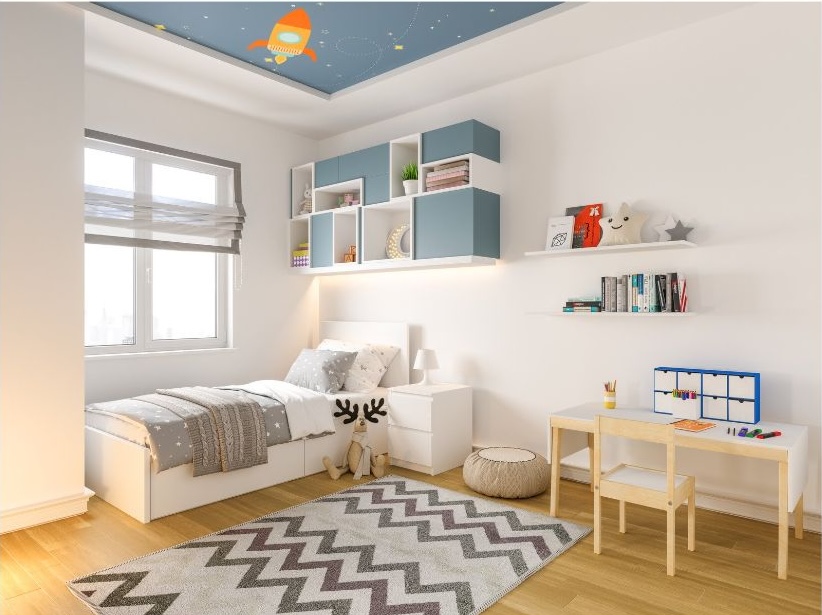
8. Eco-Friendly and Healthy Environment
Create a home environment that promotes health and sustainability:
- Non-Toxic Materials: Choose low-VOC paints, organic bedding, and furniture made from sustainable materials. Opt for natural cleaning products to reduce chemical exposure.
- Indoor Air Quality: Use air purifiers and consider adding indoor plants known for air purification, such as peace lilies or spider plants.
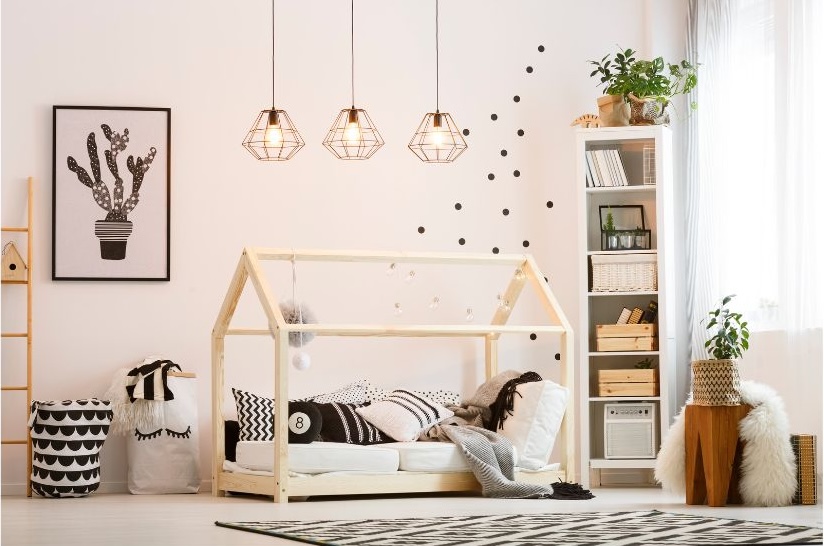
9. Tech-Savvy Features
Integrate technology for entertainment and education:
- Smart Home Devices: Install smart thermostats, lighting systems, and security cameras that are easy to operate and enhance safety.
- Educational Tools: Provide access to educational apps and digital learning tools on tablets or interactive screens. Set parental controls to manage screen time.
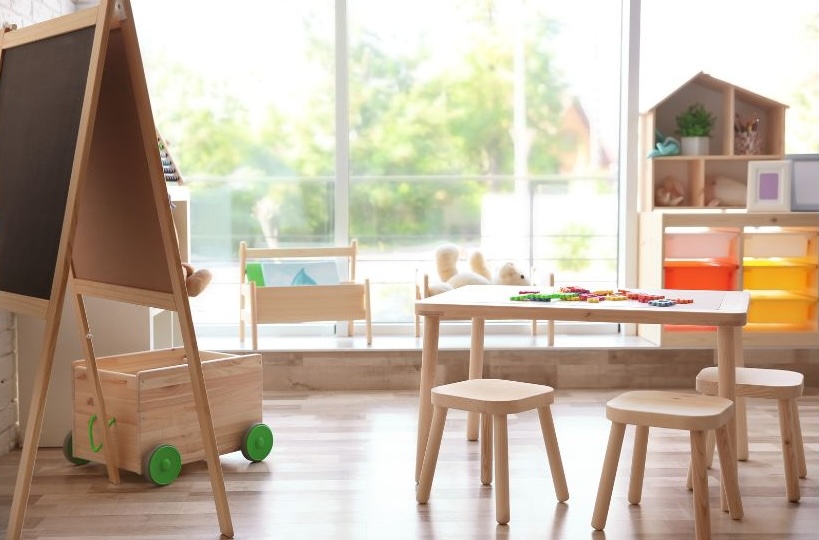
10. Community and Amenities
Highlight nearby parks, schools, and family-friendly amenities:
- Neighborhood Features: Emphasize proximity to playgrounds, parks, and community centers. Provide information on local schools and childcare facilities.
- Safety and Community: Share details about neighborhood safety measures, community events, and family-friendly activities.

Conclusion
Creating a child-friendly home that appeals to families involves thoughtful planning and consideration of safety, functionality, and design. By incorporating safety measures, durable materials, flexible layouts, and kid-friendly decor, you can make your home attractive to families looking for a safe and nurturing environment. Whether you’re selling or staying, these tips will help you create a home that fosters creativity, growth, and happiness for children and adults alike.
If you are looking to buy your dream home or sell your existing home feel free to get in touch today!





